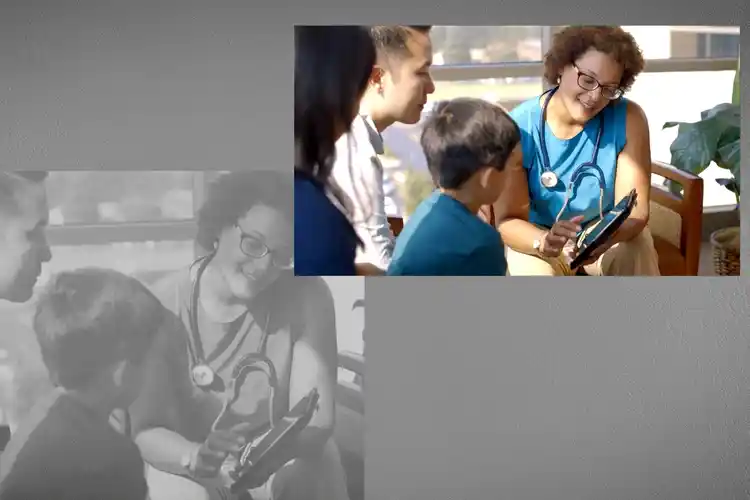What Are Plexiform Neurofibromas?

Hide Video Transcript
Video Transcript
ERIN DUNBAR: Plural neurofibromas are the signature abnormal tumor growth found in neurofibromatosis type 1, which is a heritable or familial or genetic condition, and plexiform neurofibromas are often painful or abnormal-shaped nerve webs that are detected as early as infancy. Their most commonly first diagnosed in young childhood, adolescent, and young adult time periods.
These plexiform neurofibromas can be deep and close to other structures. They can cause pain and sometimes disfigurement of that nearby structure growing, such as limbs, your arms and legs, or sometimes close to other blood vessels, your airway, breathing, and things such as that.
They can also be more peripheral. So they can cause discomfort or pain when patients are moving their arms and limbs, and activities of daily living, or sports. And they can also be very close to the skin, which we call cutaneous nerve fibromas, and they cannot only be abnormal in shape so that someone's skin looks they have lumps or bumps, but often have a discoloring of the skin overlying. And so depending on how it affects each individual patient, they have a variety of symptoms that affect them throughout life.
When they get into a doctor's office, it's incredibly important that the doctor does a good history in physical, including family history to see if anyone else in the family may have a disorder that includes plexiform neurofibromas, or any other signs or symptoms of neurofibromatosis.
When they do the physical exam, we want them to make sure that they can characterize how plexiform neurofibromas and the genetic syndrome neurofibromatosis, is it affecting that individual patient. Only then can they come up with an individualized treatment plan.
These plexiform neurofibromas can be deep and close to other structures. They can cause pain and sometimes disfigurement of that nearby structure growing, such as limbs, your arms and legs, or sometimes close to other blood vessels, your airway, breathing, and things such as that.
They can also be more peripheral. So they can cause discomfort or pain when patients are moving their arms and limbs, and activities of daily living, or sports. And they can also be very close to the skin, which we call cutaneous nerve fibromas, and they cannot only be abnormal in shape so that someone's skin looks they have lumps or bumps, but often have a discoloring of the skin overlying. And so depending on how it affects each individual patient, they have a variety of symptoms that affect them throughout life.
When they get into a doctor's office, it's incredibly important that the doctor does a good history in physical, including family history to see if anyone else in the family may have a disorder that includes plexiform neurofibromas, or any other signs or symptoms of neurofibromatosis.
When they do the physical exam, we want them to make sure that they can characterize how plexiform neurofibromas and the genetic syndrome neurofibromatosis, is it affecting that individual patient. Only then can they come up with an individualized treatment plan.
